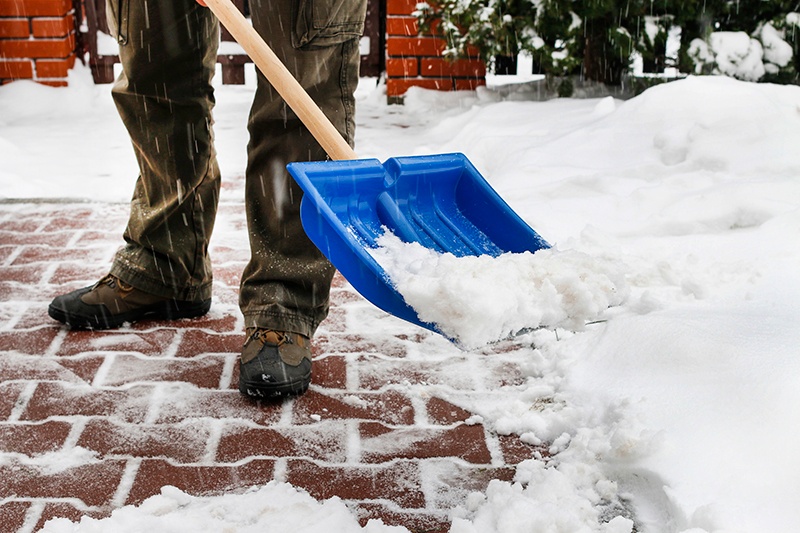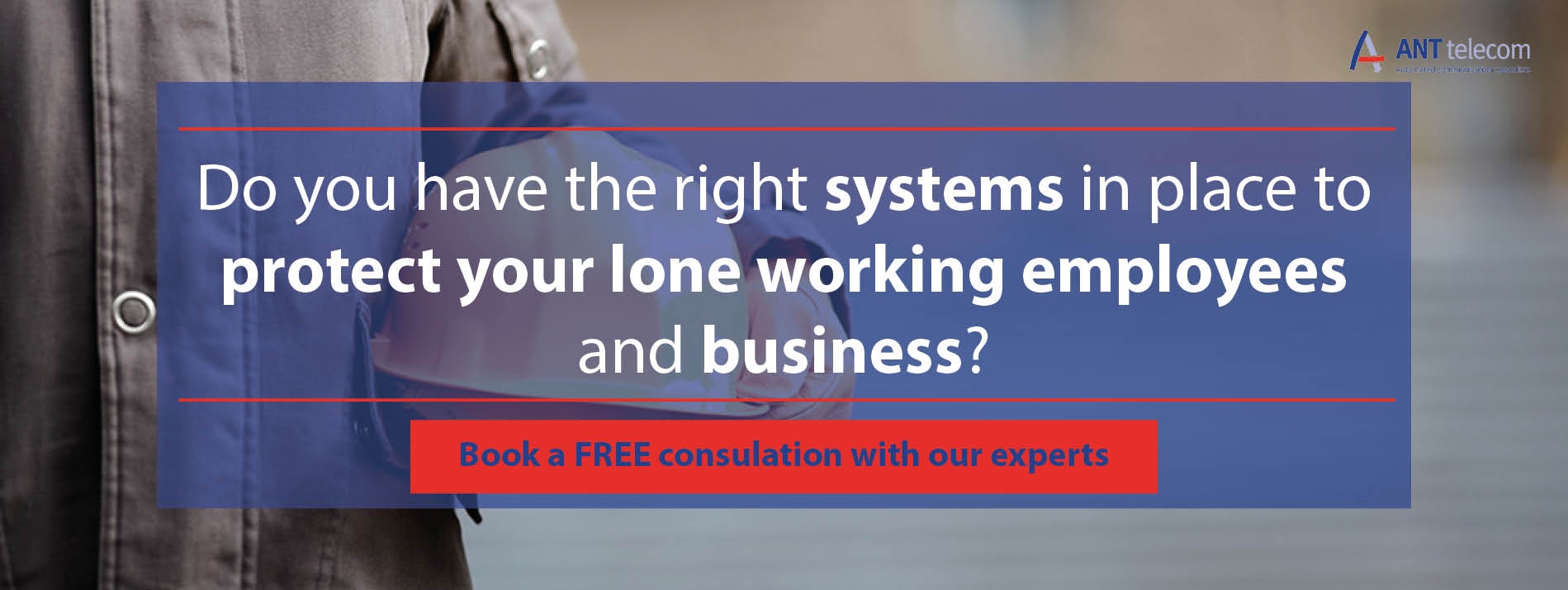
Many industrial facilities and work sites extend across wide areas, necessitating employees to often be working outside or travelling between different buildings in order to access equipment. Coupled with increased levels of automation, this can make for a sparsely populated workplace where long periods of time are spent in solitude. For many workers, being outdoors is seen as a blessing, but for those working in colder climates, this kind of working environment can have hidden dangers.
Lone worker safety is often thought of as a matter of protecting workers from being injured by direct hazards from their own work, but low temperatures and winter weather can result in a variety of unexpected hazards rearing their head. The most obvious of these is the risk of hypothermia (especially for workers who may find themselves in near-arctic conditions), but low temperatures can also result in slower reaction times and reduced mobility, changes in the behaviour of equipment or chemicals, as well as the simple danger of slipping on icy surfaces. Such problems can cause some managers to dread colder months, but there are some ways in which companies can reduce the impact of accidents if they should occur and make sure things are dealt with swiftly when employees raise the alarm.
The first step is to optimise the way in which emergencies are dealt with. Typically, large sites will rely on issues being reported to a central control room in order for staff there to raise the alarm and then coordinate the response. The problem with this is that it leaves the alarm process open to human error. Due to stress, absence or simple negligence, there is always a chance that an emergency may be dealt with improperly, slowly or just not noticed at all. This can lead to serious delays in both getting medical help for an injured individual or in resolving a technical malfunction (which can potentially lead to damage to key systems and extended downtime). By automating the alarm process, we can take human error out of the equation entirely.
A critical alarm management system is a blended hardware and software package that can be installed as an upgrade to existing alarm systems, and which will automatically initiate a response to an alarm within seconds of it being raised. This is done via a centralised computer system where all issues can be logged by employees and tracked by managers as they are dealt with. As well as handling serious emergencies, the system is also designed for use with more routine problems such as scheduled maintenance or training.
All interaction with the system is done via an app that can be accessed from smart devices and PCs, giving employees an easy and straightforward way to raise the alarm. As soon as the alarm is raised, the critical alarm management system will also use the app to send notifications to the relevant responders, who can then acknowledge receipt of the work order. All updates and communications pertaining to a given issue can also be routed through the app, meaning that staff can view what is happening in real time without having to rely on hearsay. It also means that managers can go back after an event to analyse exactly what actions were taken and when, allowing processes to be optimised for future use.
The main advantage of using this app-based system is that it can be carried everywhere on a smart device, so lone workers can easily summon help or get updates on a problem that may impact on them. In cold weather, this speed of communication is especially advantageous, as it means that an injured employee will not be left exposed to the elements for a long period of time. However, in the event that a worker should be incapacitated and unable to use the app themselves, they can still benefit from some level of protection. This is because the smart devices carried by lone workers can be upgraded to sense when an accident occurs.
Sensors can detect falls or slips, or can tell if the individual is lying unconscious for an extended period of time. If this happens, the phone will prompt the employee to confirm that they are unhurt and if no response is forthcoming, the device will automatically raise the alarm. Additionally, the device can warn the worker if they stray into a dangerous area of the site and remind them to take specific precautions (such as protecting themselves against effects like wind chill).
Another significant issue on large sites (especially those in remote areas) is for lone workers to be outside of mobile phone or Wi-Fi signal coverage, making it impossible for them to communicate using the infrastructure that is already in place, and forcing them instead to use an alternative communication solution like personal radios. The upside of this is that radio works quite reliably over distance, which is why ANT offers radio devices that are compatible with the critical alarm management system.
Even though some industrial units may have buildings that interfere with the radio signal, or the geography of larger sites may partially degrade or block signals, it can all be overcome quite cost effectively using repeaters that amplify the signal. These can be mounted in static locations around the site, or they can even be carried by a work vehicle to ensure that employees are always able to communicate or trigger alarms for assistance.
ANT provide a wide range of health and safety products, which can be combined together to make an alarm management suite that is fully customised to the needs of a given organisation. Different industries have drastically different requirements and may have stringent regulatory demands that need to be complied with when making any kind of change. For this reason, ANT products are designed to mesh seamlessly with work processes and safety procedures that may already be in place, making installation as hassle-free as possible.
Lone workers require a heightened level of alertness in order to safeguard themselves against harm. With the right tools and protection, even those facing adverse weather conditions can rest easy in the knowledge that help is only a button press away.





